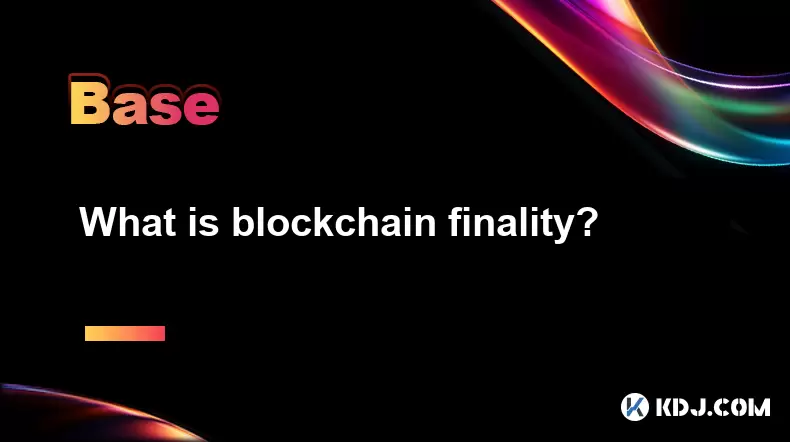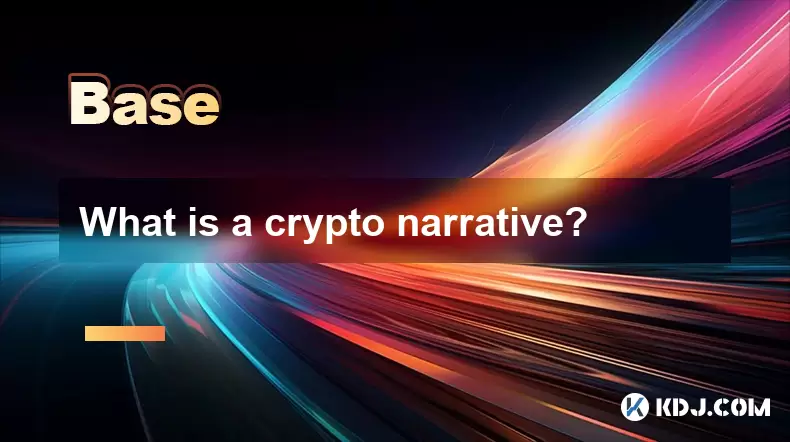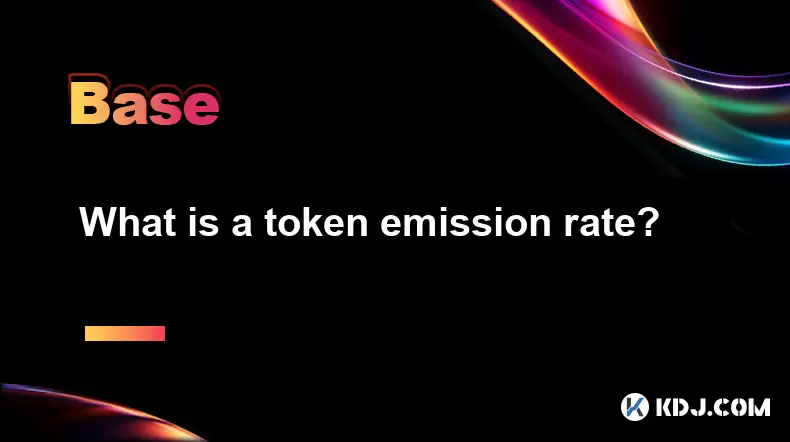-
 Bitcoin
Bitcoin $108,708.8110
0.60% -
 Ethereum
Ethereum $2,561.6057
1.91% -
 Tether USDt
Tether USDt $1.0001
-0.03% -
 XRP
XRP $2.2795
0.57% -
 BNB
BNB $662.2393
1.00% -
 Solana
Solana $153.1346
3.74% -
 USDC
USDC $1.0000
0.00% -
 TRON
TRON $0.2877
0.97% -
 Dogecoin
Dogecoin $0.1710
3.93% -
 Cardano
Cardano $0.5871
1.61% -
 Hyperliquid
Hyperliquid $39.6663
1.68% -
 Sui
Sui $2.9032
0.79% -
 Bitcoin Cash
Bitcoin Cash $496.1879
1.71% -
 Chainlink
Chainlink $13.5807
3.01% -
 UNUS SED LEO
UNUS SED LEO $9.0777
0.61% -
 Stellar
Stellar $0.2514
4.51% -
 Avalanche
Avalanche $18.1761
1.86% -
 Shiba Inu
Shiba Inu $0.0...01173
1.72% -
 Toncoin
Toncoin $2.8010
-4.23% -
 Hedera
Hedera $0.1594
3.21% -
 Litecoin
Litecoin $87.0257
-0.53% -
 Monero
Monero $319.1217
1.79% -
 Polkadot
Polkadot $3.3853
0.68% -
 Dai
Dai $0.9999
-0.01% -
 Ethena USDe
Ethena USDe $1.0003
0.02% -
 Bitget Token
Bitget Token $4.3420
-0.97% -
 Uniswap
Uniswap $7.3772
1.39% -
 Aave
Aave $286.6277
5.61% -
 Pepe
Pepe $0.0...09994
2.33% -
 Pi
Pi $0.4589
1.76%
What is blockchain finality?
Blockchain finality ensures transactions are irreversible once confirmed, with models like probabilistic, economic, and instant finality offering varying security and speed trade-offs.
Jul 07, 2025 at 03:56 pm

Understanding the Concept of Blockchain Finality
Blockchain finality refers to the point at which a transaction on a blockchain network becomes irreversible and permanently recorded. In traditional financial systems, transactions can often be reversed or altered by intermediaries such as banks or payment processors. However, in decentralized blockchain networks, once a transaction reaches finality, it cannot be changed or rolled back. This immutability is one of the core features that make blockchain technology secure and trustworthy.
Finality ensures that all participants in the network agree on the state of the ledger, eliminating disputes about transaction validity. It is especially critical in environments where trust is distributed and there's no central authority overseeing operations.
Finality guarantees that once confirmed, a transaction cannot be undone or manipulated.
Different Types of Finality in Blockchain
There are several types of finality used across different blockchain consensus mechanisms:
- Probabilistic Finality: Used in Nakamoto-style blockchains like Bitcoin, where transaction finality increases with each subsequent block added. While never 100% certain, after six confirmations, a transaction is considered practically irreversible.
- Economic Finality: Commonly seen in proof-of-stake (PoS) blockchains, where validators must stake assets to participate. If they act maliciously, their staked funds are slashed, making reversal economically unfeasible.
- Instant Finality: Achieved in Byzantine Fault Tolerant (BFT) systems like Tendermint, where a transaction is finalized once more than two-thirds of validators agree on its validity.
Each type of finality offers varying levels of security and speed, depending on the underlying consensus algorithm.
How Finality Works in Proof-of-Work Blockchains
In proof-of-work (PoW) systems such as Bitcoin, finality is probabilistic. When a transaction is included in a block, it receives one confirmation. As more blocks are added on top of it, the likelihood of the transaction being reversed diminishes exponentially.
For example:
- After one confirmation, a transaction could potentially be reversed via a 51% attack.
- After three confirmations, reversing the transaction becomes increasingly expensive and unlikely.
- After six confirmations, the transaction is generally accepted as final in most systems.
The key idea is that the deeper a transaction is buried in the chain, the higher its finality.
Mechanics of Finality in Proof-of-Stake Systems
Proof-of-stake (PoS) blockchains like Ethereum 2.0 use economic finality, which relies on validator incentives to ensure transaction integrity. Validators vote on the validity of blocks, and once two-thirds of them agree, the block is considered finalized.
Here’s how it works:
- Validators are randomly selected to propose and attest to blocks.
- Once a block receives enough attestations, it moves through checkpoints.
- A checkpoint becomes justified when it receives votes from more than two-thirds of validators.
- Once another checkpoint is justified on top of it, the previous checkpoint becomes finalized.
Validators who attempt to support conflicting chains risk losing their staked tokens through a process known as slashing, ensuring honest behavior.
The Role of Consensus Algorithms in Ensuring Finality
Consensus algorithms play a pivotal role in achieving finality. Each algorithm enforces rules that govern how nodes agree on the state of the blockchain.
In Nakamoto consensus (used by Bitcoin), finality is achieved over time and depends on computational work. In contrast, BFT-based algorithms (like those used in Cosmos or Polkadot) achieve finality within seconds due to deterministic voting rounds among validators.
The choice of consensus mechanism affects not only how quickly finality is reached but also how resilient the network is to attacks and forks.
Challenges and Trade-offs in Blockchain Finality
Achieving fast and secure finality comes with trade-offs. For instance:
- Faster finality may reduce decentralization if it requires a smaller set of trusted validators.
- Probabilistic finality introduces uncertainty until enough confirmations are made.
- Economic finality depends heavily on the value of the native token and the honesty of validators.
These trade-offs must be carefully balanced based on the intended use case of the blockchain—whether for high-security financial applications or faster, scalable solutions.
Frequently Asked Questions (FAQs)
Q: Can a finalized transaction ever be reversed?
A: In most cases, no. Once a transaction achieves finality, especially in economic or instant finality models, it cannot be reversed unless there's a major network compromise or hard fork.
Q: How many confirmations are needed for finality in Bitcoin?
A: While six confirmations are commonly accepted as safe, Bitcoin does not have a formal finality threshold. The more confirmations, the lower the probability of reversal.
Q: Does Ethereum use the same finality model as Bitcoin?
A: No. Ethereum now uses a hybrid model under Ethereum 2.0, combining elements of PoS with Casper FFG, which provides economic finality through validator consensus checkpoints.
Q: Why do some blockchains offer faster finality than others?
A: Finality speed depends on the consensus mechanism. BFT-based systems provide faster finality because they rely on deterministic agreement rather than probabilistic accumulation of blocks.
Disclaimer:info@kdj.com
The information provided is not trading advice. kdj.com does not assume any responsibility for any investments made based on the information provided in this article. Cryptocurrencies are highly volatile and it is highly recommended that you invest with caution after thorough research!
If you believe that the content used on this website infringes your copyright, please contact us immediately (info@kdj.com) and we will delete it promptly.
- Bitcoin, Jon Atack, and El Salvador: A Crypto Conundrum
- 2025-07-07 23:15:12
- Google, AI Chatbots, and Altcoins: Navigating the Shifting Sands of Search and Crypto
- 2025-07-07 23:15:12
- By Georgia:
- 2025-07-07 23:50:57
- Ethereum (ETH) Analyst Points: Is a Major Breakout Imminent?
- 2025-07-07 23:55:12
- BBVA's Crypto Leap: Bitcoin and Ethereum for the Masses?
- 2025-07-07 22:30:12
- Bitcoin, Strategy, and Windfalls: Decoding the Latest Moves
- 2025-07-07 22:30:12
Related knowledge

What is a user-generated content (UGC) NFT platform?
Jul 04,2025 at 01:49pm
Understanding the Concept of a UGC NFT PlatformA user-generated content (UGC) NFT platform is a digital marketplace or ecosystem where users can create, mint, and trade non-fungible tokens (NFTs) that represent ownership of original digital content they produce. Unlike traditional NFT platforms where creators often include professional artists or develo...

What is composability in DeFi?
Jul 06,2025 at 04:07pm
Understanding the Concept of Composability in DeFiComposability in DeFi refers to the ability of decentralized finance protocols and smart contracts to interact seamlessly with one another, much like building blocks that can be combined in various ways to create new financial products and services. This concept is a core innovation within the DeFi ecosy...

What is a "crypto primitive"?
Jul 05,2025 at 10:14pm
Defining the Concept of a Crypto PrimitiveIn the context of blockchain and cryptocurrency, a crypto primitive refers to a fundamental building block or foundational element used in constructing decentralized systems and cryptographic protocols. These primitives are essential for enabling secure transactions, consensus mechanisms, and smart contract exec...

What is a crypto narrative?
Jul 07,2025 at 10:56pm
Defining the Concept of a Crypto NarrativeA crypto narrative refers to the overarching story or theme that drives interest, investment, and development within a particular segment of the cryptocurrency market. Unlike traditional financial assets, cryptocurrencies often gain momentum not solely based on technical merits but through compelling narratives ...

What is a fair launch?
Jul 05,2025 at 07:31pm
Understanding the Concept of a Fair LaunchA fair launch refers to the release of a cryptocurrency or blockchain project in a manner that ensures equal opportunity for all participants. Unlike traditional token launches, which may involve private sales, venture capital funding, or pre-mining, a fair launch emphasizes transparency and decentralization. In...

What is a token emission rate?
Jul 07,2025 at 02:51am
Understanding the Basics of Token Emission RateIn the realm of cryptocurrencies, token emission rate refers to the speed or frequency at which new tokens are generated and released into circulation within a blockchain network. This concept is fundamental in understanding how certain blockchain ecosystems manage inflation, incentivize participants, and m...

What is a user-generated content (UGC) NFT platform?
Jul 04,2025 at 01:49pm
Understanding the Concept of a UGC NFT PlatformA user-generated content (UGC) NFT platform is a digital marketplace or ecosystem where users can create, mint, and trade non-fungible tokens (NFTs) that represent ownership of original digital content they produce. Unlike traditional NFT platforms where creators often include professional artists or develo...

What is composability in DeFi?
Jul 06,2025 at 04:07pm
Understanding the Concept of Composability in DeFiComposability in DeFi refers to the ability of decentralized finance protocols and smart contracts to interact seamlessly with one another, much like building blocks that can be combined in various ways to create new financial products and services. This concept is a core innovation within the DeFi ecosy...

What is a "crypto primitive"?
Jul 05,2025 at 10:14pm
Defining the Concept of a Crypto PrimitiveIn the context of blockchain and cryptocurrency, a crypto primitive refers to a fundamental building block or foundational element used in constructing decentralized systems and cryptographic protocols. These primitives are essential for enabling secure transactions, consensus mechanisms, and smart contract exec...

What is a crypto narrative?
Jul 07,2025 at 10:56pm
Defining the Concept of a Crypto NarrativeA crypto narrative refers to the overarching story or theme that drives interest, investment, and development within a particular segment of the cryptocurrency market. Unlike traditional financial assets, cryptocurrencies often gain momentum not solely based on technical merits but through compelling narratives ...

What is a fair launch?
Jul 05,2025 at 07:31pm
Understanding the Concept of a Fair LaunchA fair launch refers to the release of a cryptocurrency or blockchain project in a manner that ensures equal opportunity for all participants. Unlike traditional token launches, which may involve private sales, venture capital funding, or pre-mining, a fair launch emphasizes transparency and decentralization. In...

What is a token emission rate?
Jul 07,2025 at 02:51am
Understanding the Basics of Token Emission RateIn the realm of cryptocurrencies, token emission rate refers to the speed or frequency at which new tokens are generated and released into circulation within a blockchain network. This concept is fundamental in understanding how certain blockchain ecosystems manage inflation, incentivize participants, and m...
See all articles

























































































